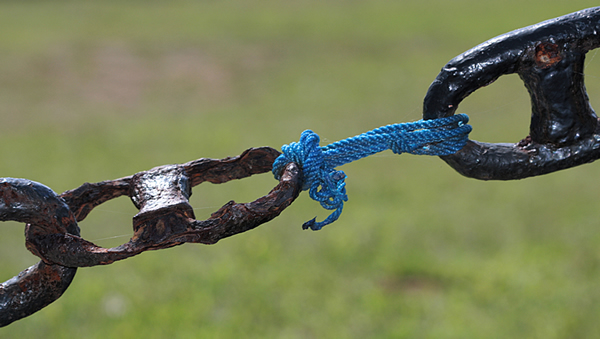The Disavow Links tool is one of the most crucial tools for those with unnatural linking penalties. But do you know all the nuances of when and how you should be using the Disavow tool?
On the question of when best to use the Disavow Links tool, it totally depends on which scenario we are facing.
In the case of a “negative SEO” situation, where new unnatural links are appearing, the best option is to monitor carefully and update the disavow file “on the fly”. I know of quite a number of cases where people are successfully managing the malicious propagation of links by diligently updating disavows. The key is to remember that every upload to Google’s Disavow Links tool is actually an overwrite of the existing file. You must append any new disavow data to that already submitted, then upload the new version of the file. For those who are needing to create and update disavow files frequently, disdit.com is a free tool that will help keep it simple.
If dealing with an algorithmic adjustment as a result of the dreaded Penguin filter, the go to solution will be to determine what needs to go and to disavow at domain level (for all but a handful of problem links). Since these algorithmic adjustments are tied to data refreshes and/or updates of the Penguin, it is important to do the work and get your disavow submission done as quickly as possible. While there is a “too late” date after which new crawl data is not incorporated in a data refresh, it will always be best to get the job done as quickly as possible. If you want to also attempt to get these problem links removed, you can go ahead and work on that in your own time once the disavow is in place.
When responding to a manual action, I prefer to submit the disavow file after completion of the link removal campaign and preferably at least 7 days before the reconsideration request is submitted. There are two reasons for this:
- When making a case to the Webspam Team for reconsideration my primary aim is to show that we have taken the time and made the effort to clean up the problem. One key impression I want to convey is that there is no longer a culture of “short cuts” around the domain. Having the patience to follow thorough process and disavow when the work is done helps to convey this message on a purely human-to-human level.
- We still see anecdotally, that reconsideration requests submitted 7-10 days after a disavow file submission seem to be processed in less time than those where the reconsideration request and disavow file are submitted on the same day.
Also…don’t even think about taking those disavows down unless you really did submit by mistake.




